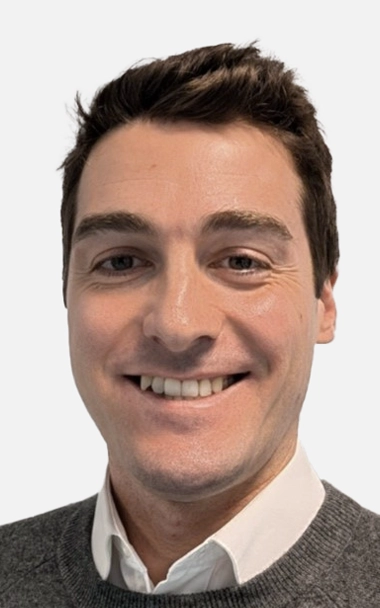The creation of a transjugular intrahepatic portosystemic shunt (TIPS) in young children, particularly infants, presents significant challenges due to their low body weight and small vascular structures. Paediatric patients requiring TIPS may have conditions affecting normal anatomy, such as biliary atresia, often marked by inferior vena cava and portal vein hypoplasia. These anatomical factors elevate the technical demands of the procedure. Due to a general lack of dedicated materials for paediatric patients on the market, alternative percutaneous techniques have been proposed by various authors [1–7] to avoid using standard TIPS sets designed for adults, which may be unsuitable for infants due to their large device profiles. Intravascular ultrasound (IVUS) can also facilitate direct intrahepatic portosystemic shunts (DIPS) in infants with small vessels or children affected by Budd-Chiari syndrome [8].
Reports of paediatric TIPS performed on children under the age of 5 years and weighing less than 10 kg were rare until the first decade of the 21st century [1,9,10]. Since then, there has been an increase in case series demonstrating the feasibility of TIPS in paediatric patients, including small children and infants [5,7,11–16]. Notably, two case series [5,7] evaluated the feasibility of TIPS in infants weighing less than 10 kg, proposing a custom-made puncture set for transjugular ultrasound-guided intrahepatic portal targeting with high success rates: among 18 patients, only one failure was recorded, and complications were rare; hemoperitoneum required surgical management without sequelae [7].
Despite the advantages noted in these series, limitations exist in targeting the portal vein, especially when it is abnormally small. To address these challenges, some authors have suggested percutaneous transhepatic or trans-splenic auxiliary punctures to establish a portocaval connection [2,3,17]. The use of such punctures may be combined with the gun sight technique [18–20] for precision TIPS or DIPS creation. Hascal et al. [18] first described the gun sight approach for TIPS creation in 1996 to create a second parallel shunt in a 38-year-old male with previous TIPS dysfunction.
With advancements in technologies like IVUS, the original gun sight technique is now considered a rescue option where such technologies are unavailable. However, many variations of the gun sight technique may benefit paediatric patients with complex anatomy. It remains to be seen if these techniques can increase the success rate, broaden indications for TIPS in very complex cases, shorten procedural times, prevent complications, and reduce the use of contrast agents and ionizing radiation.
An important consideration for young children and infants is that conventional TIPS stents may be excessively large, necessitating the use of large bore introducer sheaths (i.e., 10 French) [21]. Consequently, peripheral bare-metal or covered stents, or a combination thereof [10], may be required. Bare metal stents pose disadvantages such as heightened stent occlusion rates [22] in the intrahepatic segment of the TIPS, which can be worsened by smaller calibres (i.e., 6 mm) preferred in infants to prevent hepatic encephalopathy. Polytetrafluoroethylene (PTFE) stents should encompass the parenchymal tract, potentially overlapping with distal bare metal stents to accommodate portal vein bifurcation. To reduce the risk of hepatic encephalopathy, trans-TIPS embolization of spontaneous portosystemic shunts may be performed. Although anticoagulation post-TIPS is generally avoided due to bleeding risks, patients with thrombophilia or intraprocedural thrombosis detection may require exceptions. The efficacy of anticoagulation in preventing TIPS occlusion, especially in patients with bare metal stents, remains uncertain.
Given the rapid growth of children, attention should be paid to the cranial landing zone of the stent at the hepatocaval junction. While growth issues may be less relevant for patients receiving direct intrahepatic portocaval shunts, for TIPS placed through the hepatic vein, the stent may become trapped in the parenchymal tract following height growth. Close follow-up is crucial to maintain the patency of the hepatocaval junction or to promptly identify the necessity for stent extension.
In this intricate and rare situation, conducting prospective and randomized trials is difficult, thus international registries offer a crucial chance for data collection, provided that variables and outcomes are clearly defined and appropriately chosen.

